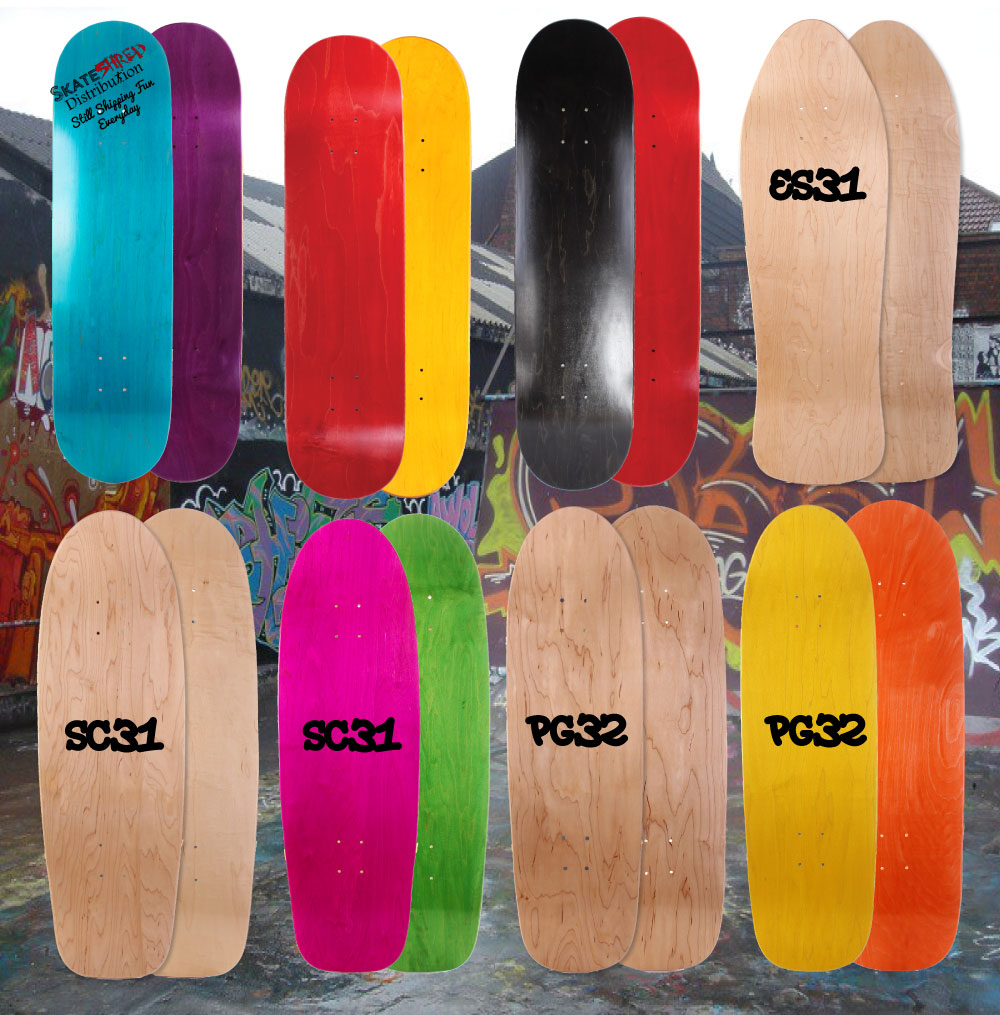Monthly Archives: March 2023
-
Read more »
Making a homemade longboard skateboard from scratch is a complex process that requires a lot of woodworking skills, tools, and materials. Here is a general step-by-step guide on how to make a wood longboard:
-
Choose the Wood: Select a high-quality hardwood that is strong, durable, and flexible. Common types of wood used for longboards include maple, birch, bamboo, and walnut.
-
Cut the Wood: Using a saw, cut the wood into the desired shape and size for the longboard deck. It is recommended to use a jigsaw or band saw to cut the curved shape of the deck.
-
Shape the Deck: Use a router or sandpaper to shape the deck and create a concave or convex shape that fits your riding style.
-
Sand the Deck: Use sandpaper to smooth out any rough edges and create a smooth surface for the deck.
-
Apply the Finish: Apply a finish of your choice, such as tung oil or polyurethane, to protect the wood from m
-
-
Read more »
 Skateboarding and longboard skateboarding have a wide variety of shapes and styles because different shapes and styles are designed for different purposes and preferences of riders. Here are some examples:
Skateboarding and longboard skateboarding have a wide variety of shapes and styles because different shapes and styles are designed for different purposes and preferences of riders. Here are some examples:-
Deck shape: The shape of the skateboard deck determines how the board feels and performs. For example, a wider deck with a longer wheelbase is more stable, while a narrower deck with a shorter wheelbase is more nimble and maneuverable. A concave shape can provide more control, while a flat shape is better for cruising.
-
Deck length: The length of the skateboard deck also affects its performance. Longer boards are better for cruising and carving, while shorter boards are better for tricks and street skating.
-
Truck width: The width of the skat
-
